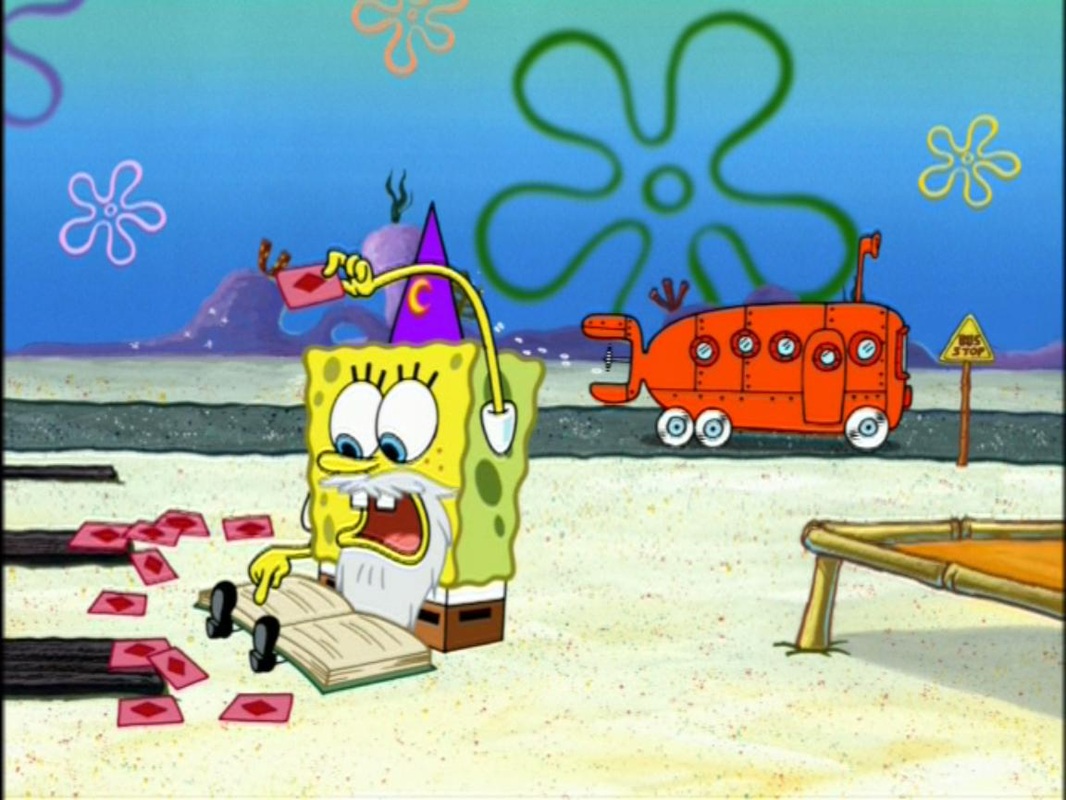n
Rule #1: Give Yourself Permission NOT to Know Everything
It’s impossible for any one person to know everything there is about wine. To even momentarily entertain that thought is a hallucination—and not a useful one at all. So take a deep breath and realize that you will never know everything there is to know about wine. At the same time realize that with a lot of work you can know a hell of a lot—and more than enough to pass the exam.
Rule #2: Visual Memory is Not Good Enough
Flash cards alone will not do the trick in preparing for an oral exam. That’s simply because visual memory and stress do not mix. You absolutely must use multi-sensory strategies when studying so you can access information in the exam when you will almost certainly be under stress. More below.
Rule #3: Geography Matters
Be able to go to any wine place on the globe and quickly find major geographical features such as rivers, lakes, oceans, and especially mountain ranges. Be able to speak to how these help shape their respective climates and ultimately how that affects wine quality. Remember that there are two things that influence wine style as much or more than anything else–bodies of water and elevation.
Rule #4: the Golden Rule
If you can’t explain it you don’t really know it. A major goal of your studies should be to able to teach whatever it is you’re learning even to the extent of being able to explain it to a non-industry person. That includes winemaking terms and wine laws. If you had to explain the VDP classification to Uncle Louie after dinner, could you do it? Could you explain biodynamics to your football buddies? If you can’t then you don’t really know it. Reading may be learning but only explaining and teaching is actually knowing.
One of the most valuable things you can do for the theory exam—or any exam for that matter—is to install a “reset” button in your head. That means you can either close your eyes momentarily or look to a certain location in space in order to completely empty your mind so you can reset and start again. I can’t place enough emphasis on the value of installing a reset button—it’s literally a make or break strategy and frankly one of the most valuable tools any adult can have. The best athletes and performers have mastered it.
Rule #6: Memory and Eye Accessing Cues
Know that most of the human race looks up and to the left when retrieving visual information such as the color of your mother’s eyes, the house where last you lived, or an old phone number (Note that that up/left is not universal as a much smaller percentage of people look up and to the right for visual memory). Alternately, most of us look up and to the right when imagining things; you know, when we make things up. All this is the result of what behavioral psychologists call “vertical and lateral eye movements” or “eye accessing cues.” It’s important that you become aware of what you do in terms of eye position in relation to remembering visual information. Why? Because if visual memory for you is up-left and you look up and to the right during the exam when asked a question trying desperately to remember faint scribbling on a tattered yellow 3 X 5 card you are, in short, completely screwed. You’re going against brain function, mi compadre, and you will be out of luck. One more thought: once you find that visual memory location (be it either up left or up right), shamelessly and consciously use it by loading information on a billboard positioned in just that space. Make the billboard huge and put lots of info on it in the form of images, maps, and words in brightly colored letters. Then put glitter on it. After all, it’s your own personal iMax theatre. And we can’t see it.
Rule #6: Study for Shorter Periods of Time
When you study hit it hard but only for 45-60 minutes at a time. Otherwise you run the risk of reading and skimming over data but not retaining anything. Also, with so much information to cover the temptation will be to read as fast as possible. Do that and the amount of information you actually retain will hover somewhere around zero. If in doubt, cover less material but make it count; focus, read, and remember.
Rule #7: Theory Categories as Pull-Down Menus
The good news: this is not the bar exam. Sommelier theory only has so many “kinds” of information. I call these categories “pull-down” menus and these menus include geographical features (as mentioned above); geography itself in the form of countries, regions, and appellations (even vineyards if appropriate); grape varieties; wine laws and classifications; winemaking and grape growing terms; and important producers. That’s it, friends. So take comfort in being able to easily sort wine information into one of these pull-down menus. It will help you make sense of it all and you’ll also quickly start to cross-associate same or similar terms and concepts in different languages.
Rule #8: Maps are Your Friends
Use maps in your studies. A lot. The merest mention of a wine place/region and you should immediately see a map in your mind’s eye and then do a google earth zoom-in to the location. Then point to the location either internally or actually physically point to it. The combination of pointing and the movement of zooming in should then start a sequence of information about a region and its wine beginning with general information and ending up with alcohol by volume numbers, yields if relevant, and any other important minutia. Talk about it all and do so out loud if possible. Again, be able to explain it.
If you think you can wait until a couple of months before the exam to “fit” the theory in, think again. While there may not be that many pull-down menus in wine as mentioned above, the variations in menus are staggering when considering the number of countries that produce wine which are fair game for the exam. Start early and start often. Come up with a study plan early on and stick to it. Remember to review your study plan every couple of weeks to see if it’s working. Adjust as needed.
Rule #10: Warm Up!
Treat your study sessions like a physical work out. Begin any session by reviewing things you already know. Avoid at all costs starting a session by trying to memorize all the premier cru villages in Burgundy or the four strains of saccharomyces yeast in Sherry flor. Warm your brain up for at least 15 minutes by reviewing—as in talking out loud—what you’ve recently studied. Then get into the more difficult info that you’re in the process of learning. Remember 45-60 minutes for a session only. Take frequent breaks and do something completely unrelated to reading for about 15 minutes. I know students who took up juggling and practiced during their study breaks. It’s actually a very useful strategy because of the eye-hand coordination required in addition to using a different part of the brain vs. reading and memorizing.
Finally, and this is important: make the distinction between “reviewing” what you already know vs. “learning” something new. If you don’t then your brain will always be tempted to massively generalize and be in crisis mode because there is so much to “know.”
Rule #11: Chunk it Down: Use the Rule of Three
Our brains like the number three because it’s an easy number of things to remember. Connect bits of information about a wine in threes; then chain together several threes of information.
Rule #12: Your Study Environment is Important
Try to study in the morning when your brain is fresh and hopefully rested. Find a relatively quiet place away from constant interruptions. Place your iPhone in a distant location where you can’t hear it much less see it. At the very least, resist the temptation to look at it every five minutes. I know it may seem hard to believe, but the world can actually live without you for 45 minutes. Strange, but true.
nn

